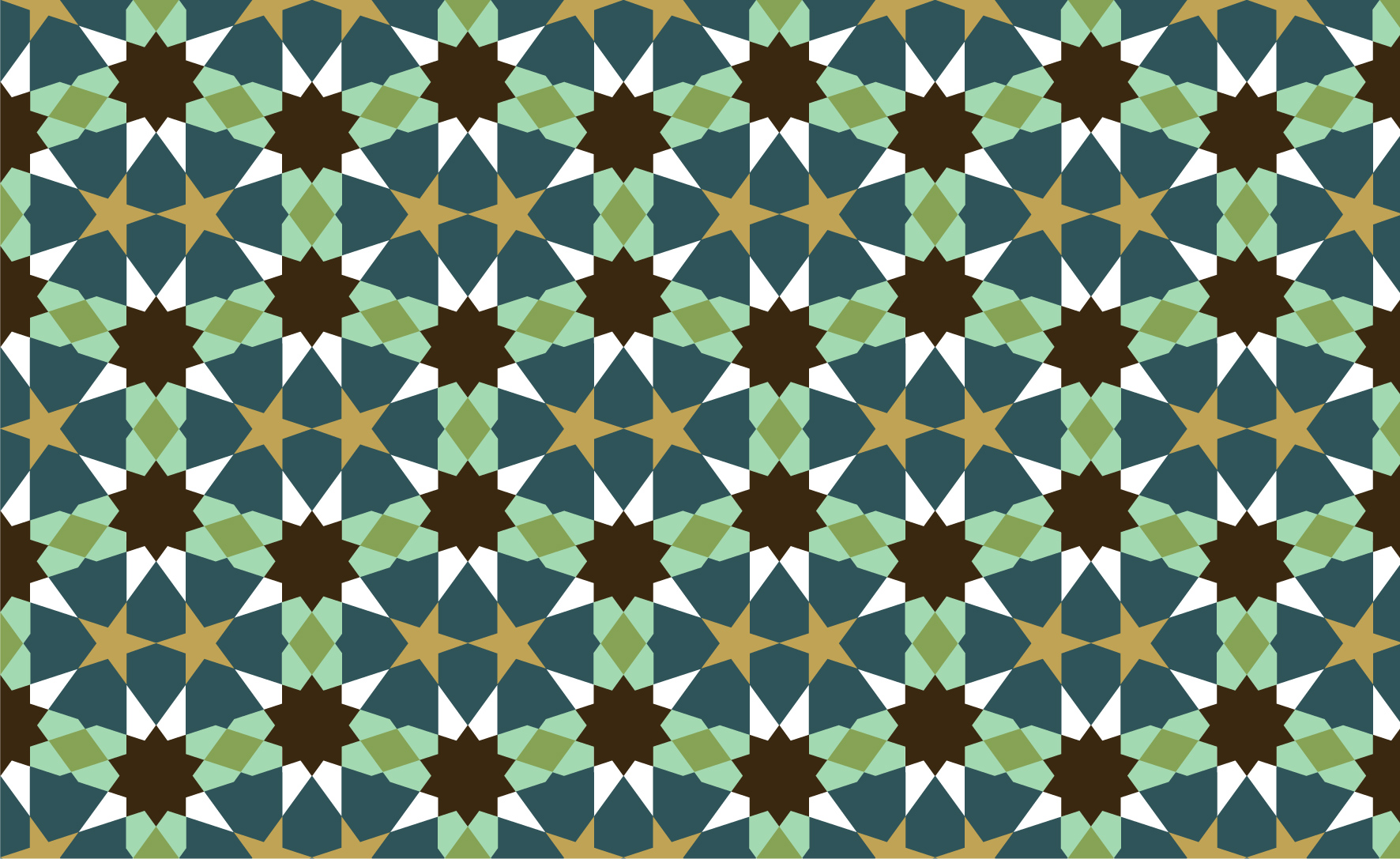
As many of us enter a period of isolation in the unusual and unsettling situation the world finds itself in, many of us will take the opportunity to spend time learning new skills, a process which can help us both focus and relax at the same time. For me, these qualities have been invaluable ones to develop and geometry has played a central role in this development. The process of drawing geometric designs with ruler & compass can help you find your own centre much as we start drawing a geometric pattern by locating the centre of the first circle, which then defines the structure of the whole pattern. Everything is grounded in this point, as we are grounded in our own centre.
Since becoming immersed in Islamic geometric design I have found myself drawn to overlapping rosettes which appear in a number of forms, particularly within tenfold patterns. This design is slightly unusual as it repeats in a hexagonal unit and the main star or rosette centres are defined by this hexagon rather than the repeat rectangle. I hope you will find this an enjoyable and enlightening construction to spend some time with.
Start by constructing a circle divided into ten. You can find steps to do this in this tutorial and various other places online. Continue with the steps below which show how to establish a repeat rectangle with centre and corners divided into 20ths (18º).
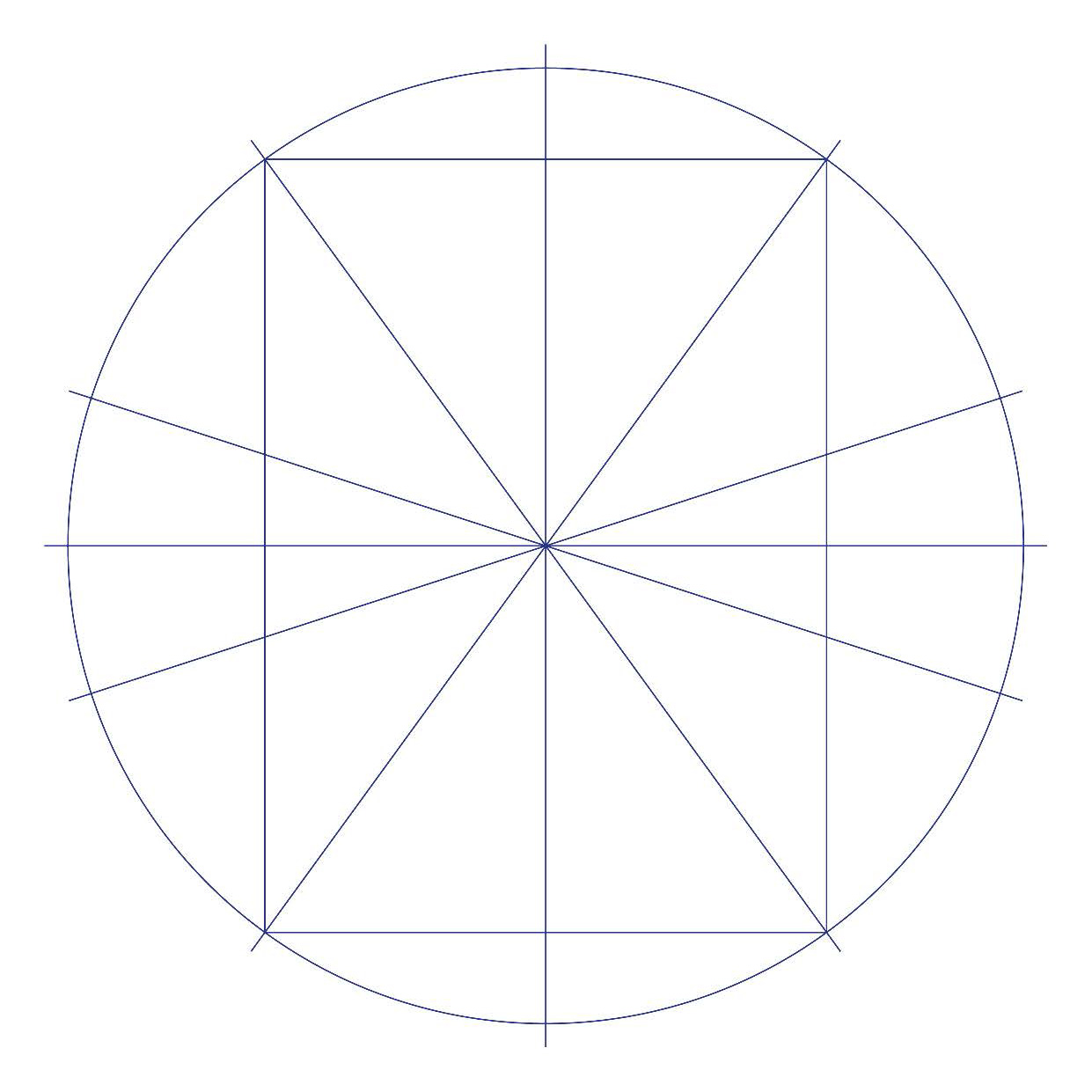

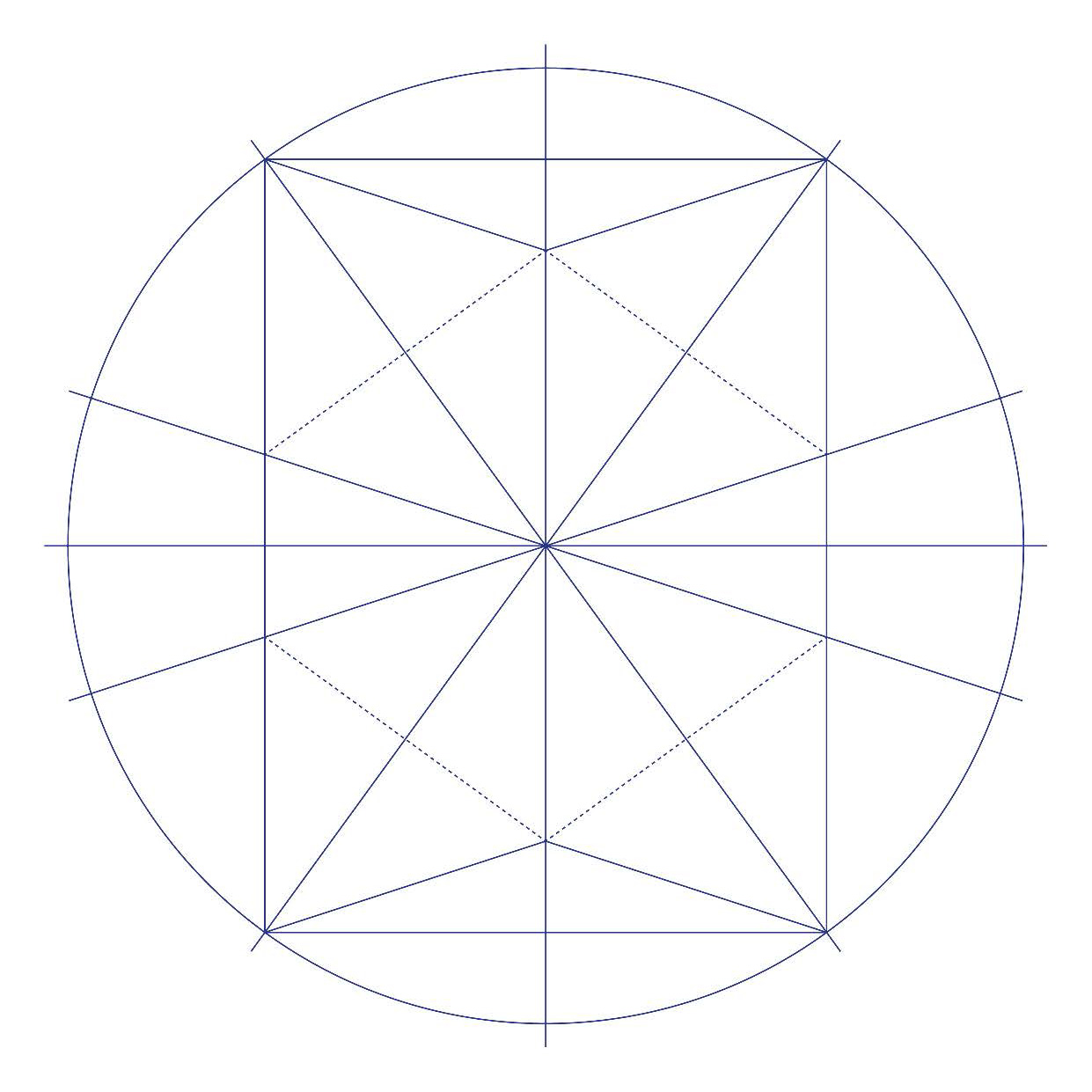

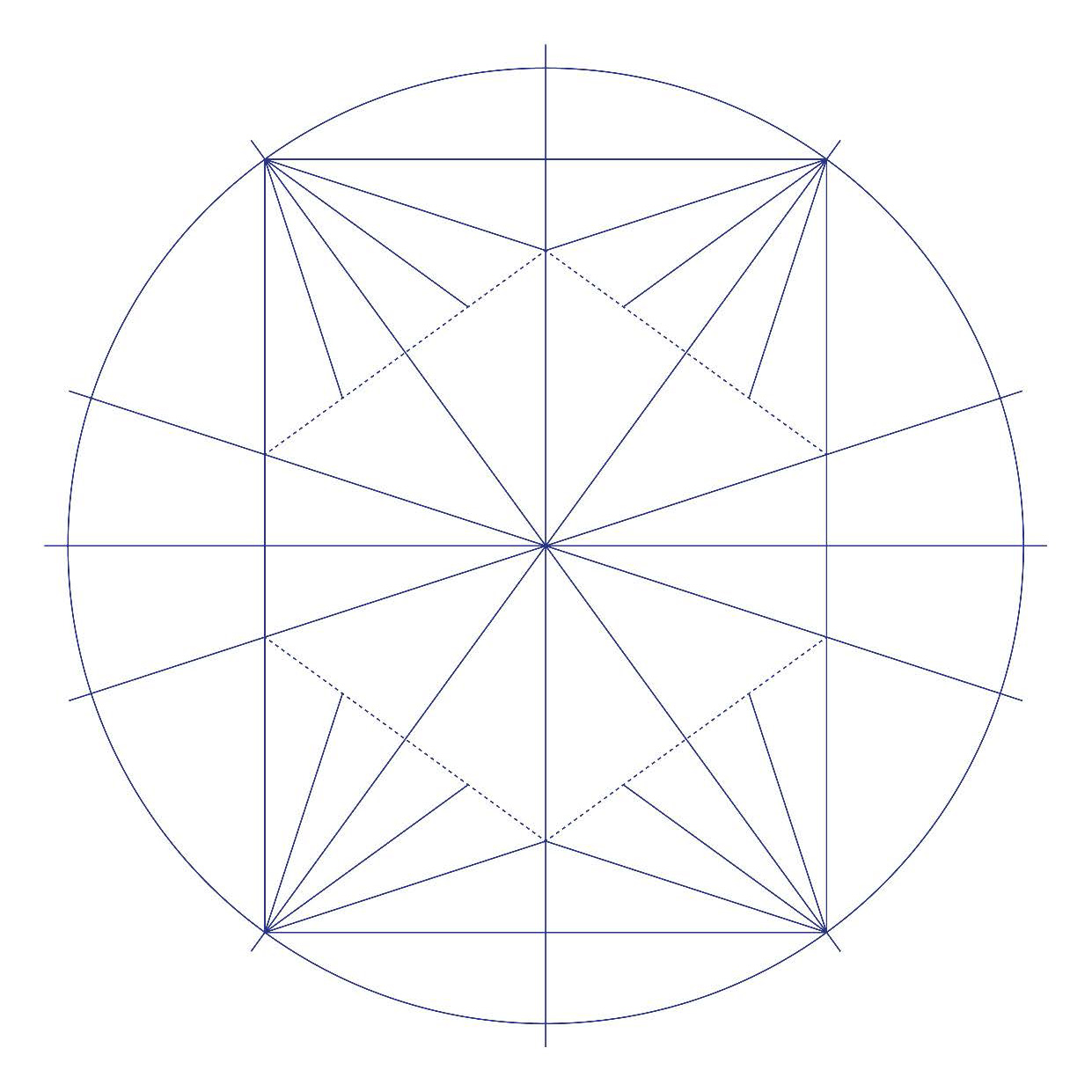
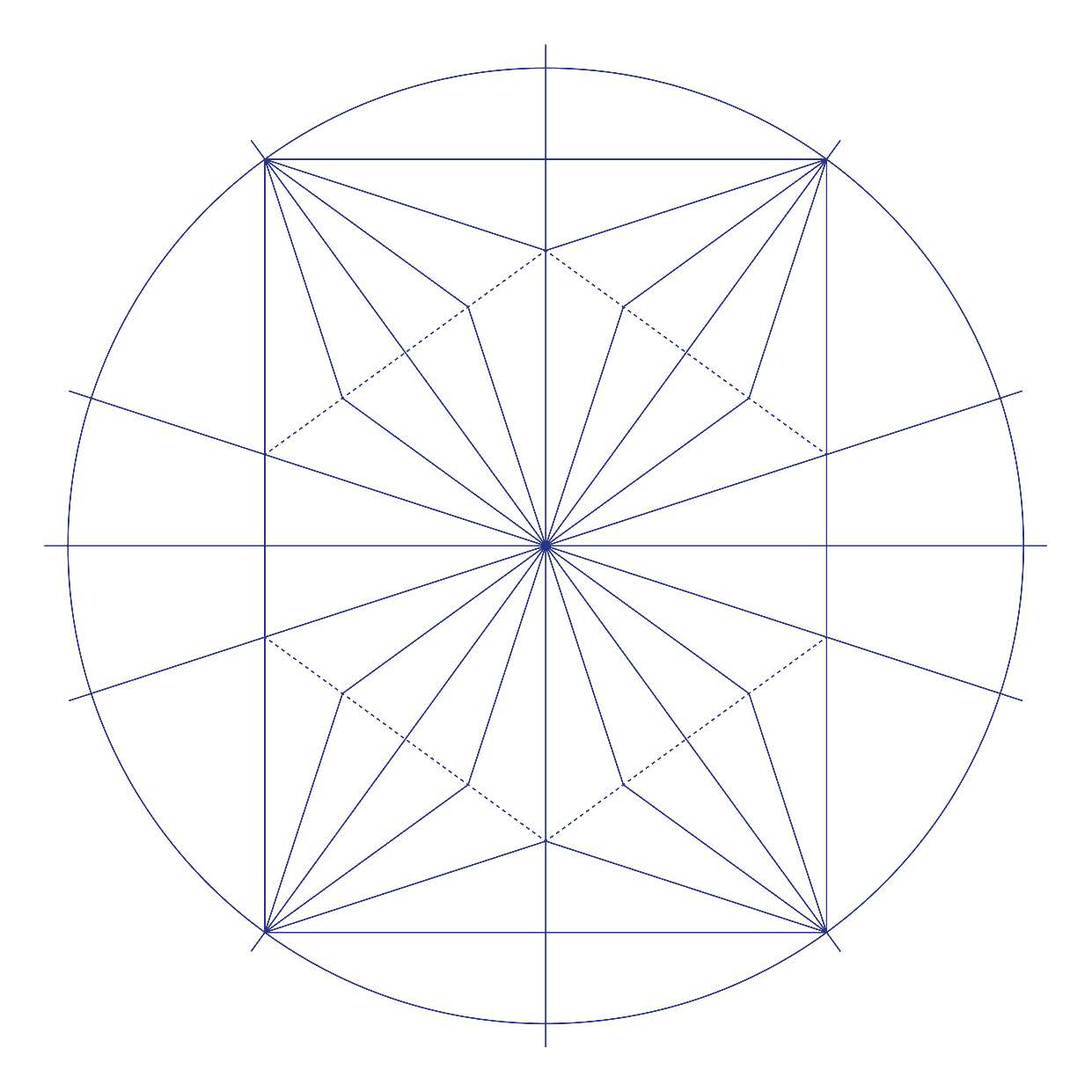
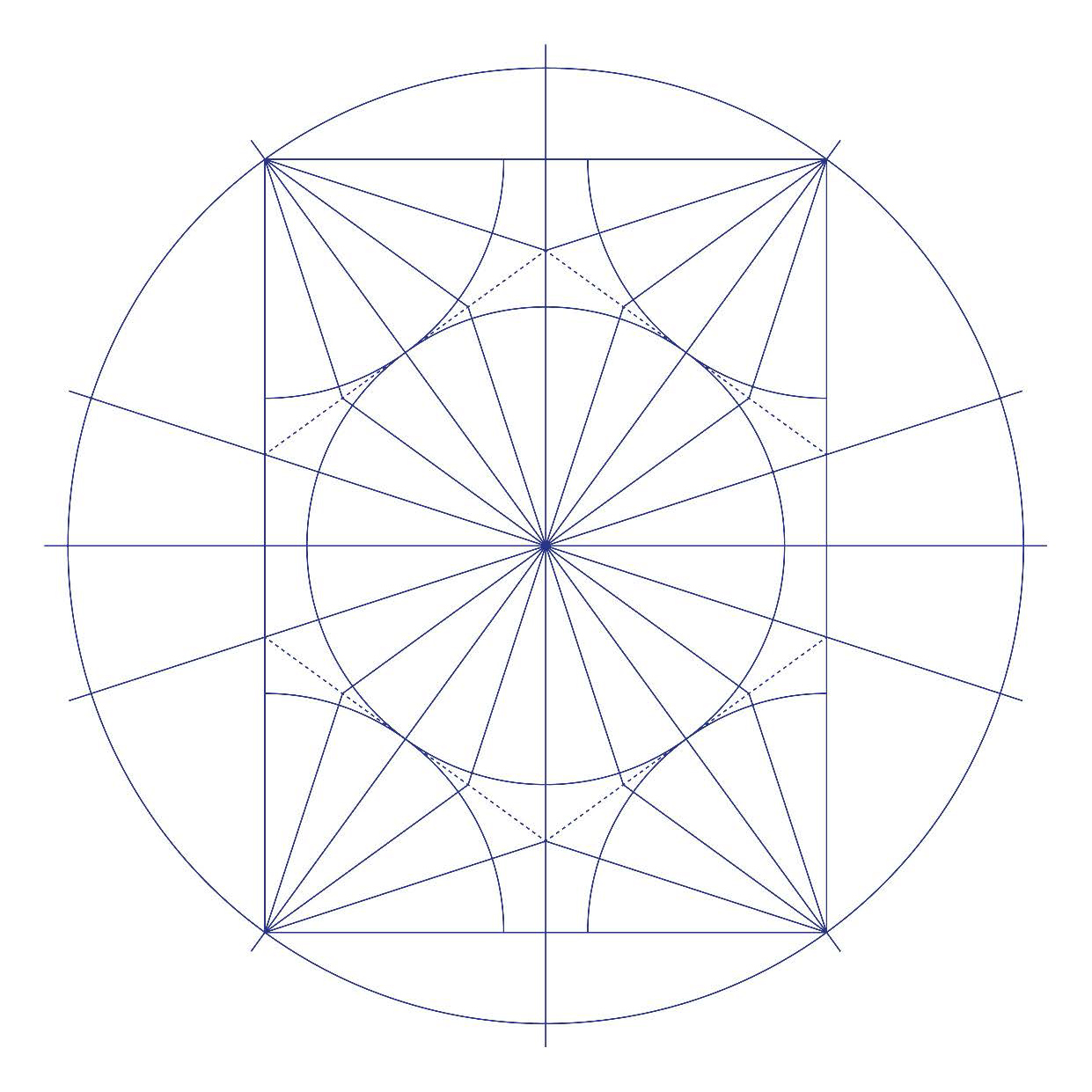
This is a very important base layout and a multitude of tenfold patterns can be constructed from this starting point. Here are three related variations.
For the first two patterns, we need to add some extra circles and divisions as described in the steps below. I have highlighted the basic repeating hexagon in the last slide.

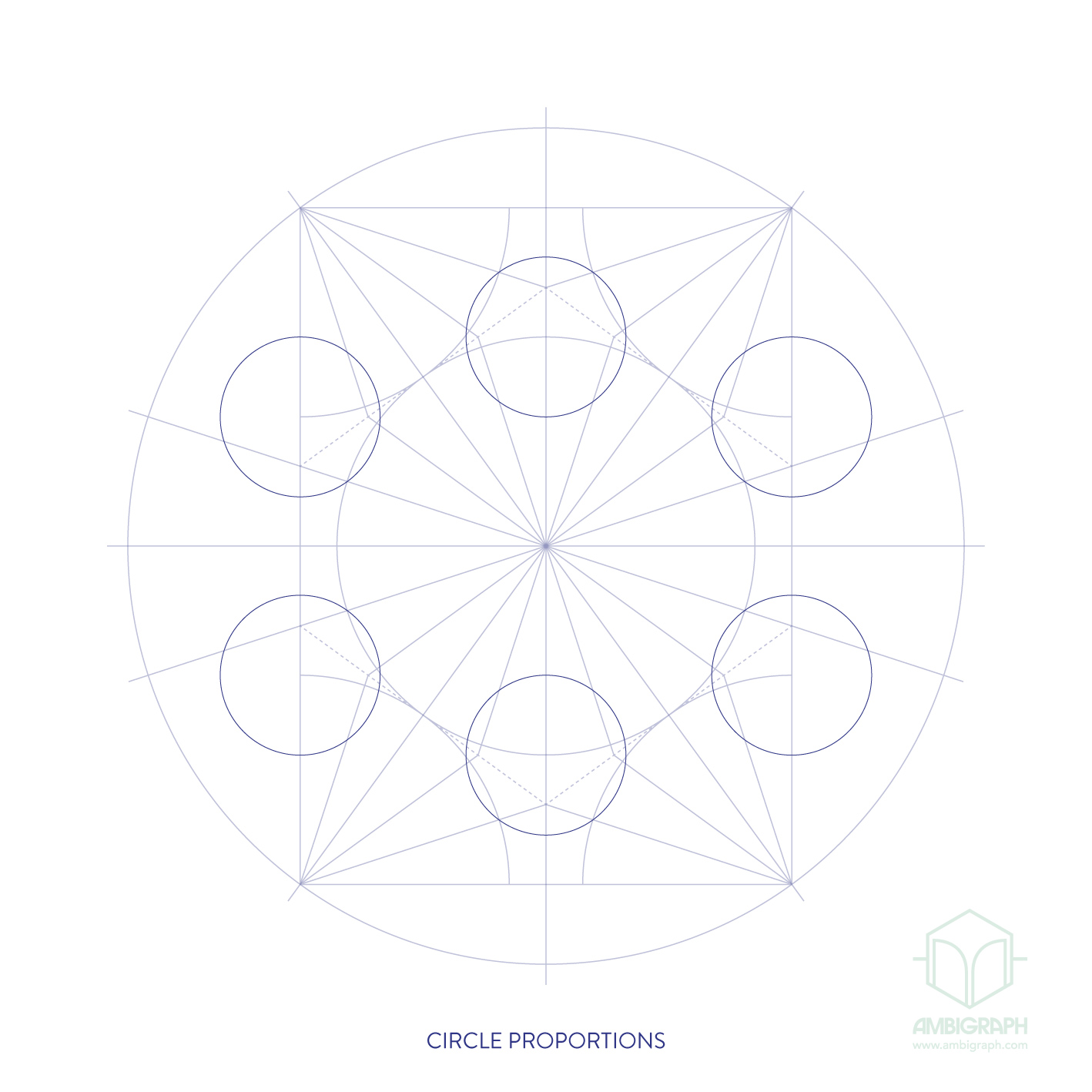
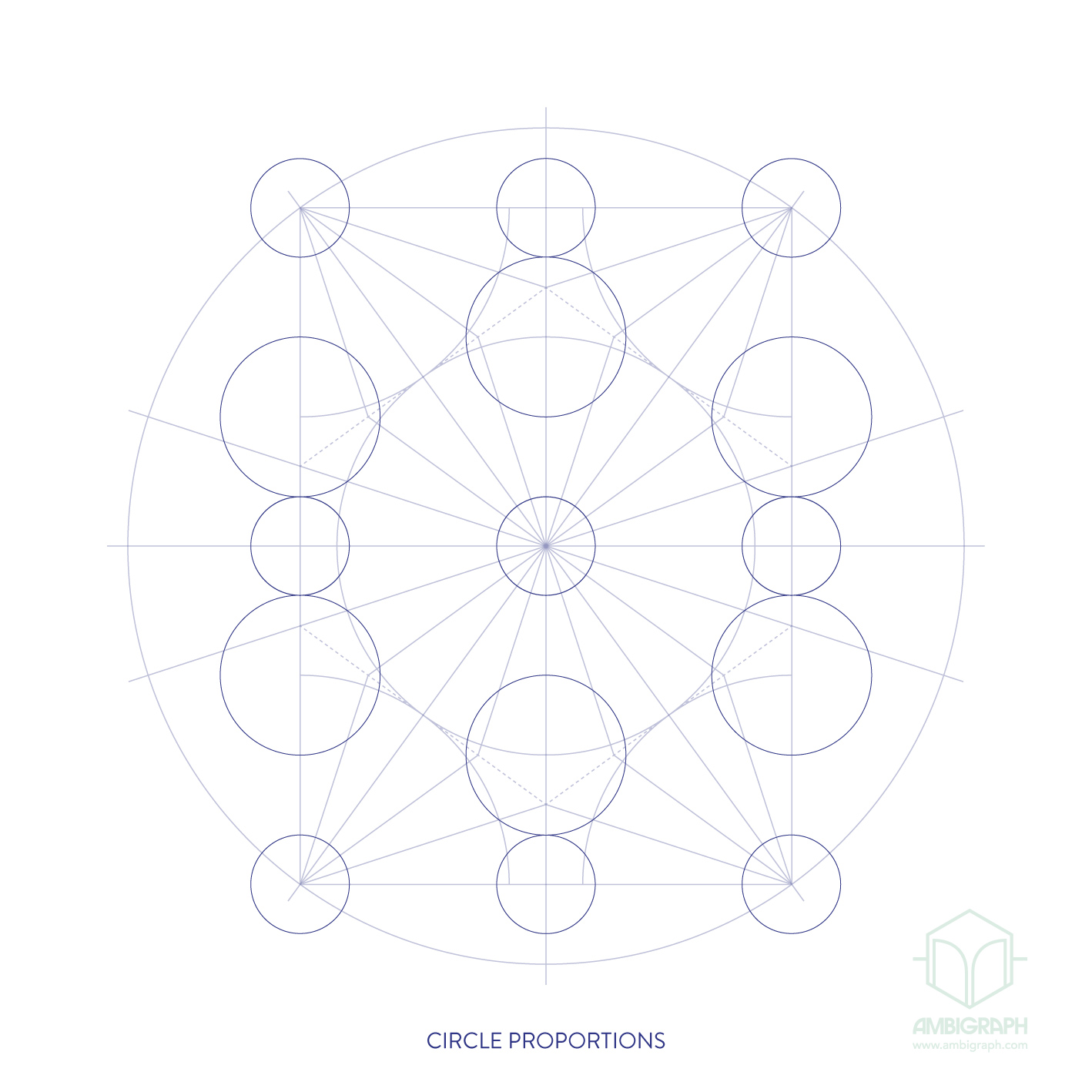


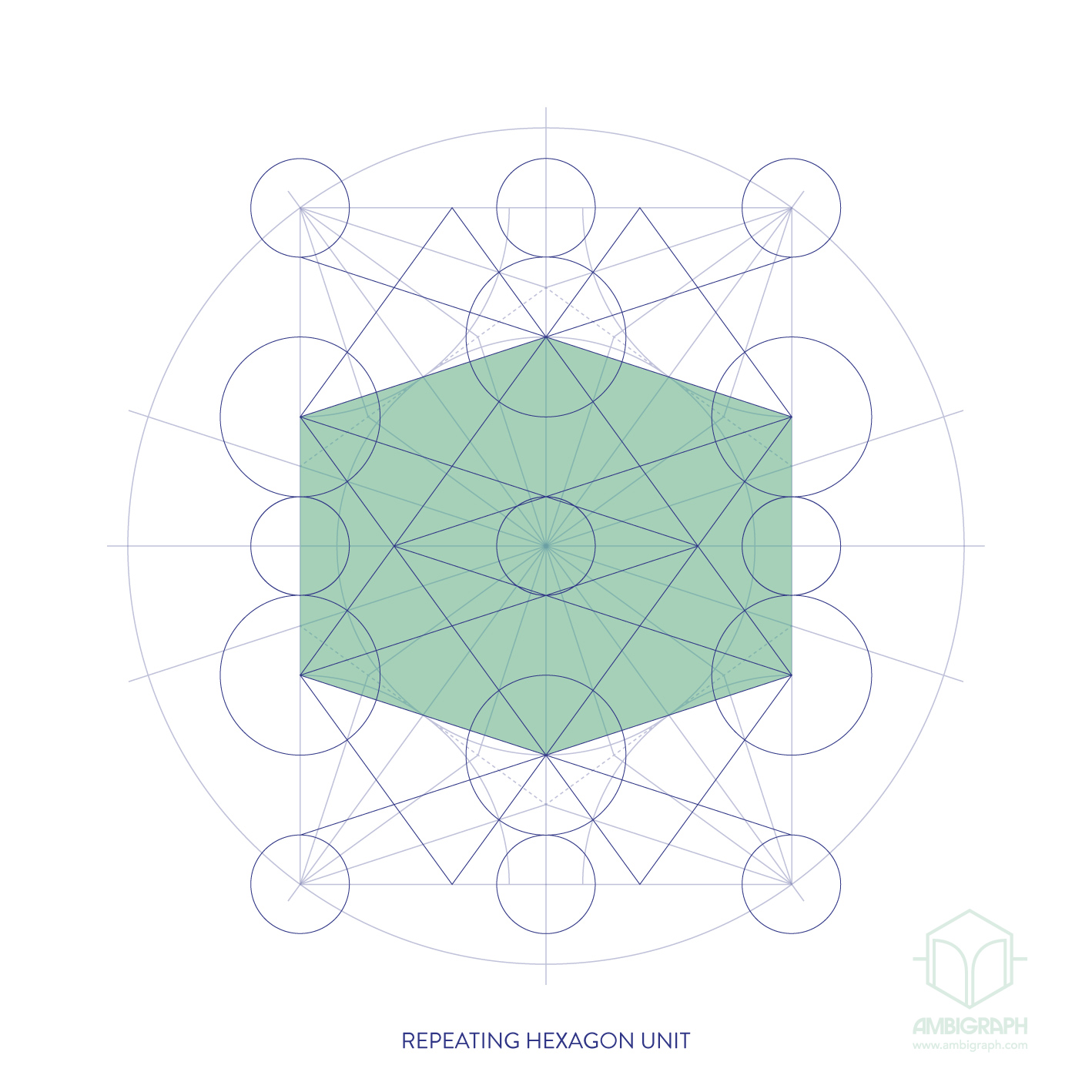
From this layout, although I haven’t outlined every step, you can complete the pattern using existing intersections.. it may take a little comparison between my diagrams and your drawing to see the required connections. The same layout of circles and divisions will yield the two patterns below and, for the explorers among you, perhaps more to discover.
Starting again from the base layout of the rectangle and 1/20th divisions we can go in a different direction to construct a related pattern using different angles and a different vocabulary of shapes. Follow the steps below to establish circles and divisions.

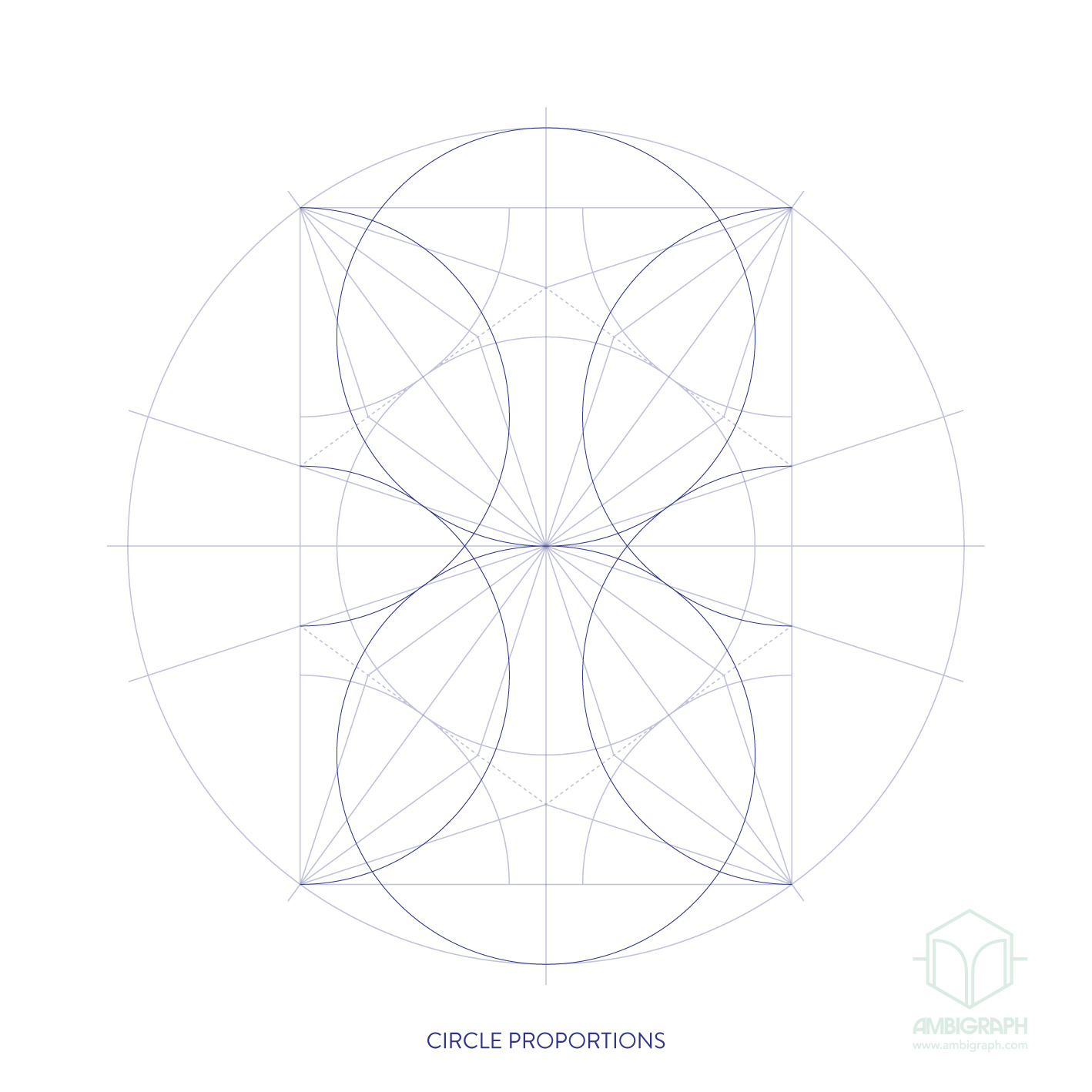

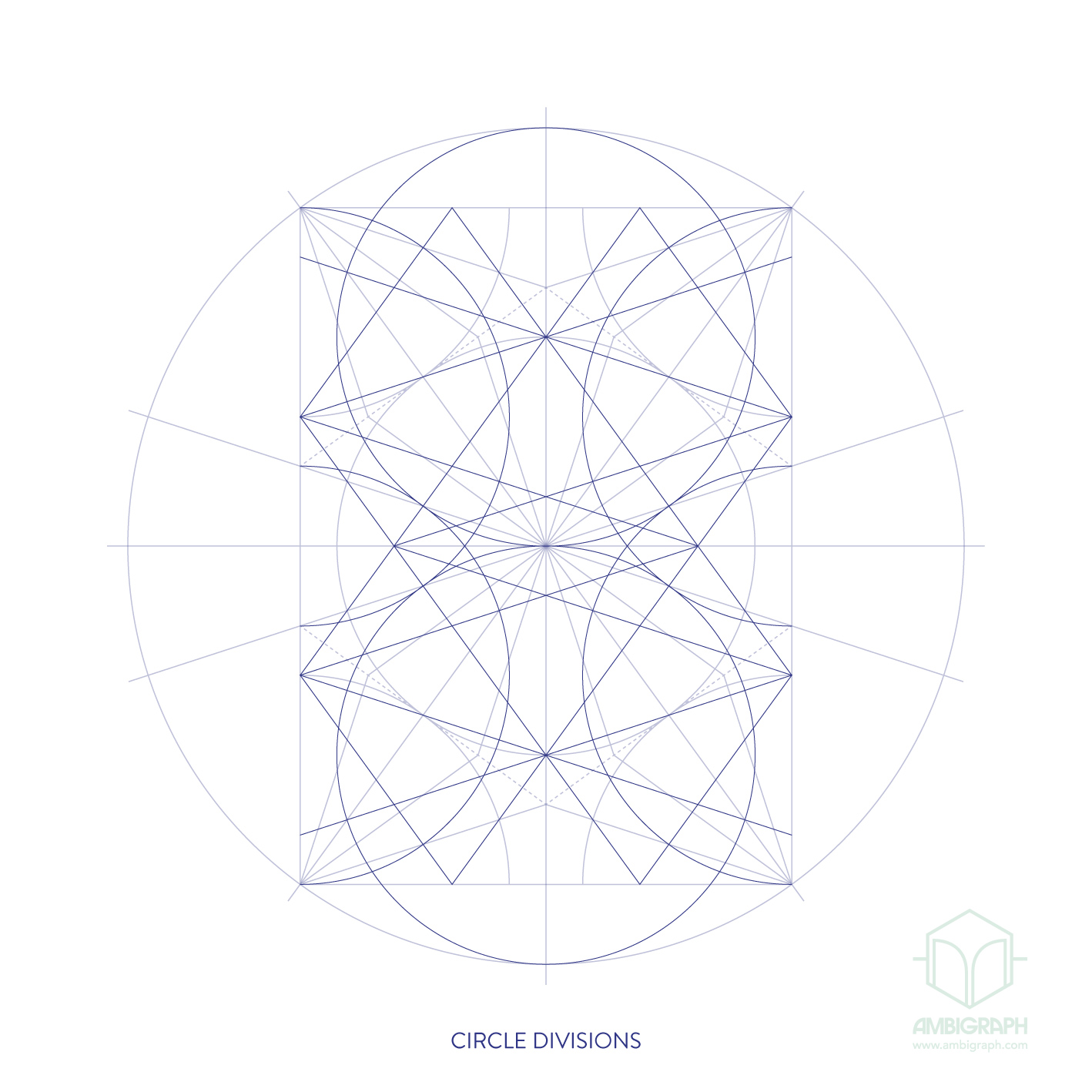

… and the pattern itself.
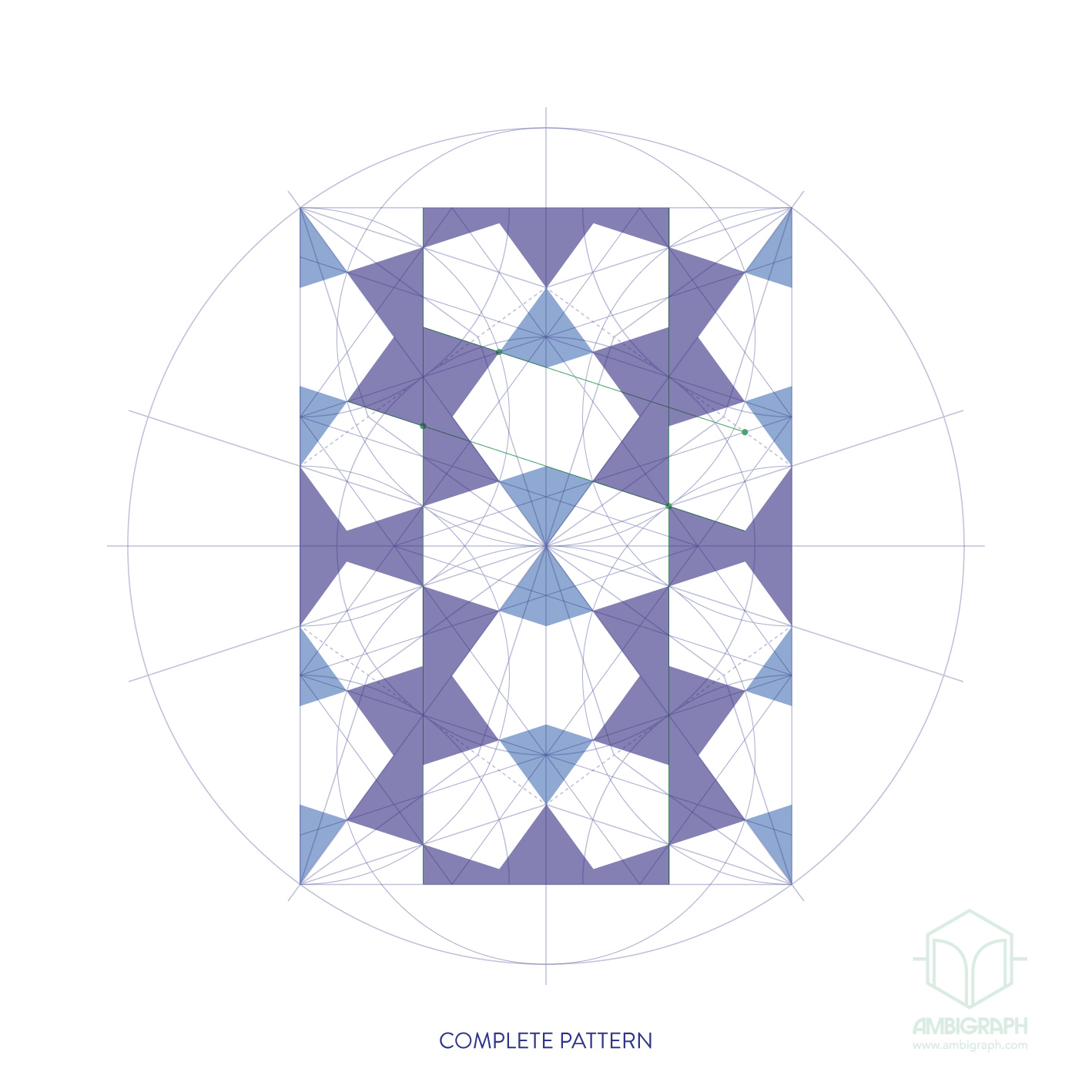
I hope you enjoy exploring these patterns and that it may lead to your own insights and discoveries. If you post your drawings on Instagram, please tag me @ambigraph so I can see your work. Finally here is an alternative tiling of the repeating hexagonal unit with a jaunty rhythm.


This might take up my whole quarantine time
Hah.. well I hope you enjoy doing it!
Soooo beautiful and difficult as well … as it will be my first to try hands on such art
But soon try …. love it though
im stuck at the 2nd slide of the “circle proportions”. please help
The first circle proportions slide shows how to establish the radius. You then draw the 6 circles in the second slide which are centred where the larger circles cross the verticals.
oh!!! thankyou so much!